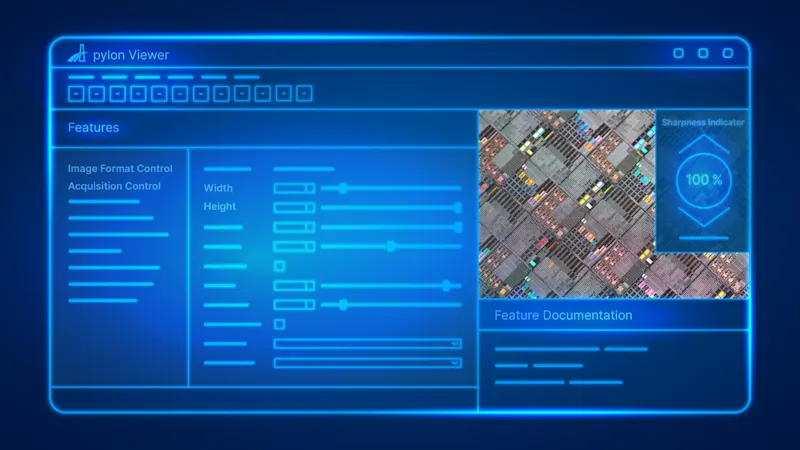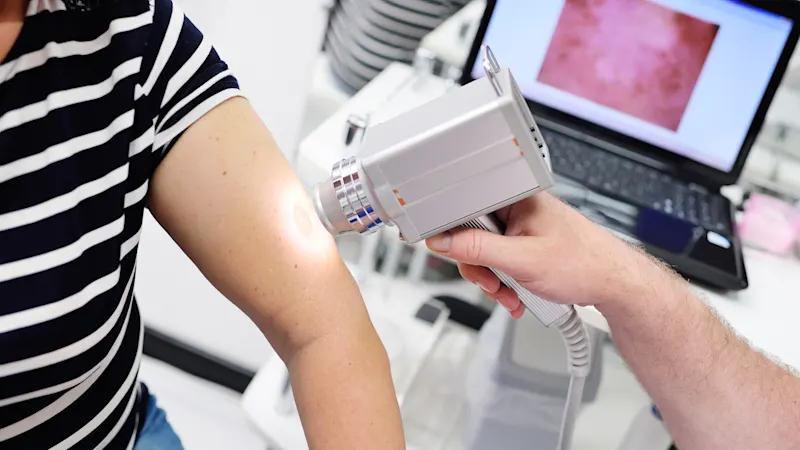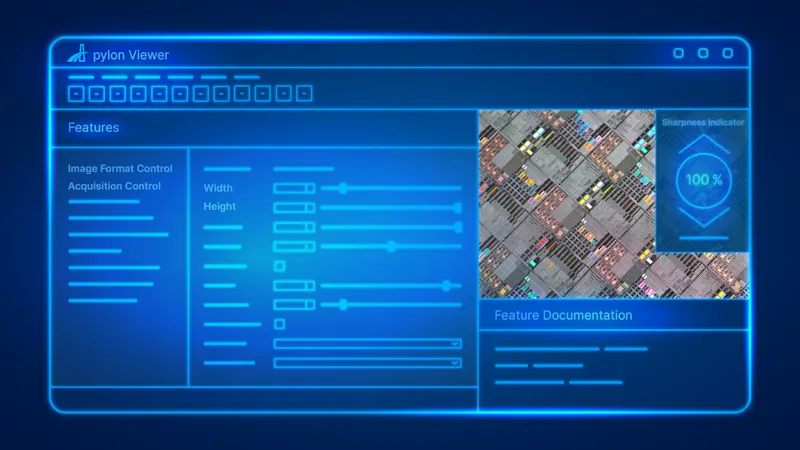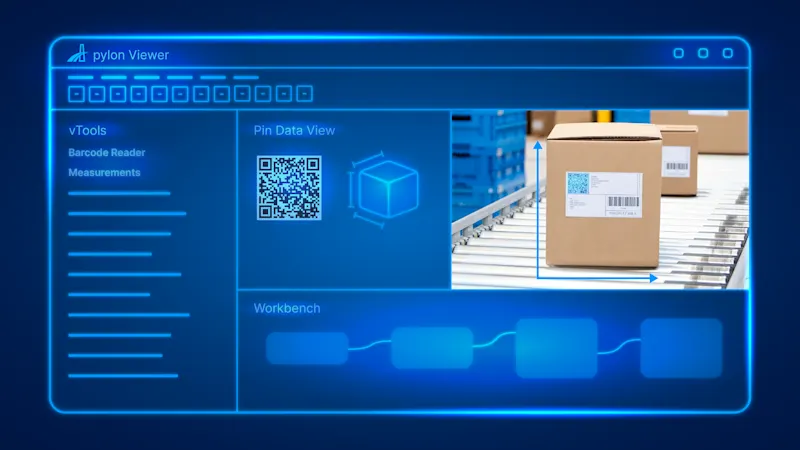Computer Vision Development Kit (SDK)
The hardware for your image processing system is ready, now it's time to develop the software. Since every system has complex tasks and unique requirements, there is hardly any standardized software. Instead, a customized solution must be developed. Computer vision development kits are available for this purpose: These contain all the tools you need to program and develop your application.
Machine vision SDK explained
Machine vision SDKs are software development kits that have been specially developed for vision systems. They contain all the components you need to program the software.

Advantages of computer vision development kits
The main advantage of a machine vision SDK is obvious: you do not have to laboriously gather all the components for the software. All the components you need to program the software are included in the Computer Vision Development Kit.
With the Basler pylon Software Suite , we offer you easy-to-use programming interfaces, camera evaluations, and high-performance drivers for your system. The SDKs from camera providers are often free of charge and can be easily downloaded, just like ours. Thanks to the camera manufacturer's software, the tools are perfectly matched to the camera models.
Components of a good machine vision development kit
The advantage of a kit should be that you do not have to download or collect any additional tools or applications. When choosing your development kit, make sure that it contains the following components:
Suitable drivers for various camera interfaces (e.g. GigE or USB 3.0)
If your system uses frame grabbers, your Machine Vision SDK should also be compatible with frame grabbers
An API that is suitable for industrial image processing
Sample code in various programming languages for easier programming
Detailed documentation on handling and programming the Computer Vision Development Kit
Tools for accessing the functions and parameters of your industrial camera
Configuration tools to immediately check your changes and their effects.
Programming with SDKs in practice
With the help of software kits, developers can efficiently write code and algorithms to process and interpret captured images. Without the software, only images would be captured during image processing, but no actions would be executed. It is only through the software that specific tasks such as image analysis, object recognition, or quality control can be implemented. What is programmed using the kits depends entirely on your objectives and purposes.

SDKs in quality control
Cameras and sensors are used in the vision system to monitor the quality of products. The images can be analyzed using fast software programming thanks to the SDK. This allows the software to identify which products are faulty and issue a warning that the product must be rejected.

Color calibration in Medical & Life Sciences
Systems can be used by dermatologists, for example, to display changes in skin appearance over time. The software can be programmed via SDK so that individual skin images are compared with each other and a warning is issued in the event of changes.
Application examples in Medical & Life SciencesReach your goal faster with machine vision development kits
A good SDK provides a simple and intuitive interface for hardware management, a powerful API, and comprehensive documentation that allows you to develop software quickly and efficiently.
With development kits for software programming, your developers can quickly find solutions to remain competitive and achieve technological advances. As a renowned camera manufacturer, we offer the right SDK for your setup. Additional viewer tools in the Computer Vision SDK allow you to test software, react quickly, and improve your image quality and efficiency.
Our Basler software
The pylon Software Suite offers everything required for commissioning: certified drivers, powerful and user-friendly programming interfaces, and convenient camera setup tools. Additionally, pylon vTools facilitate easy integration of image processing functions.


